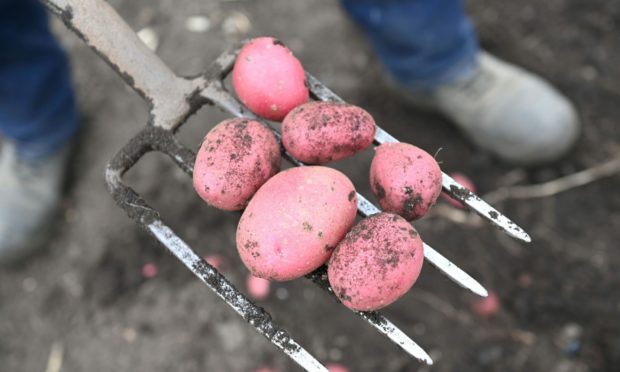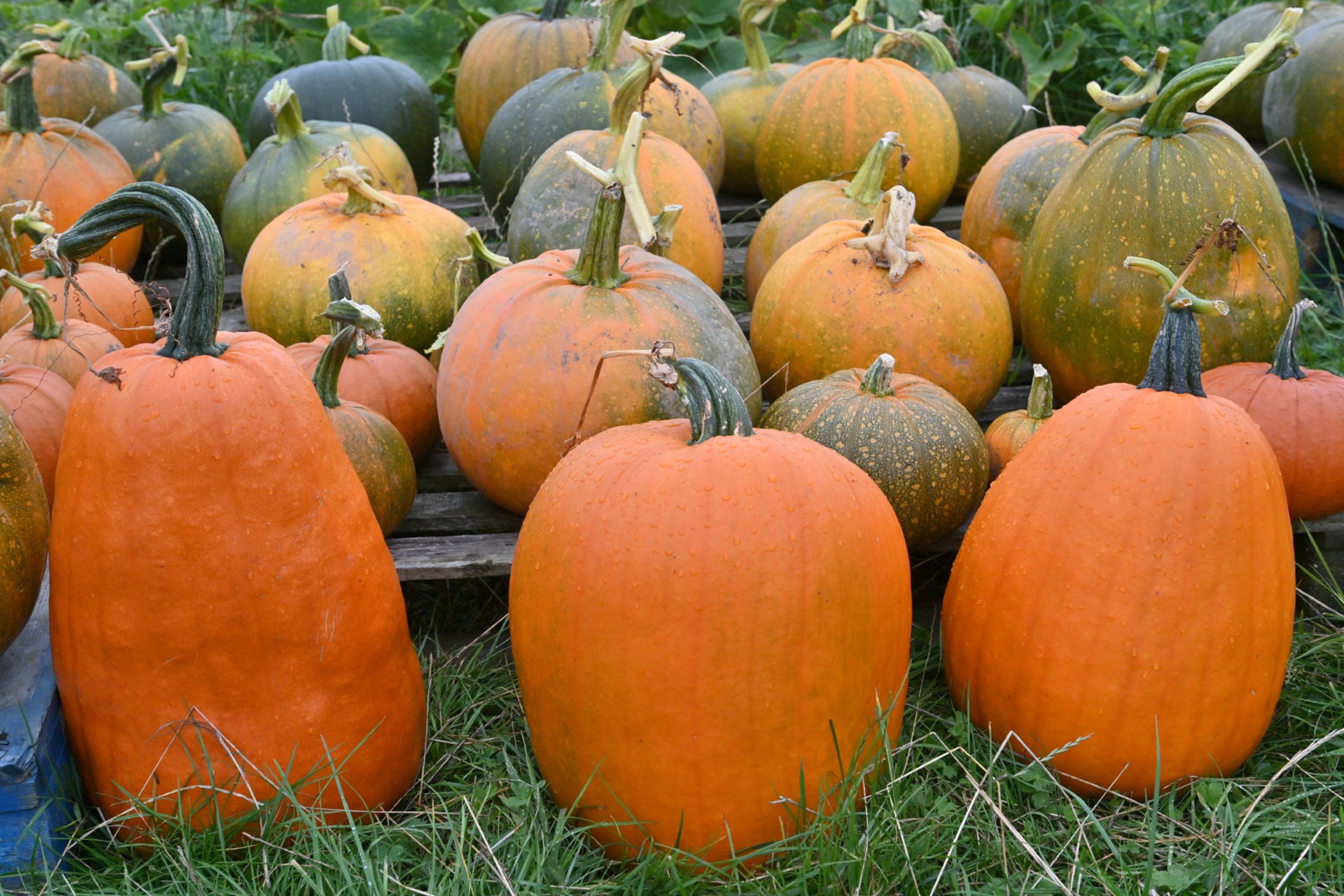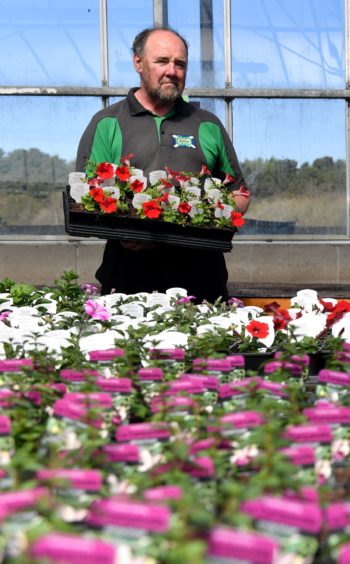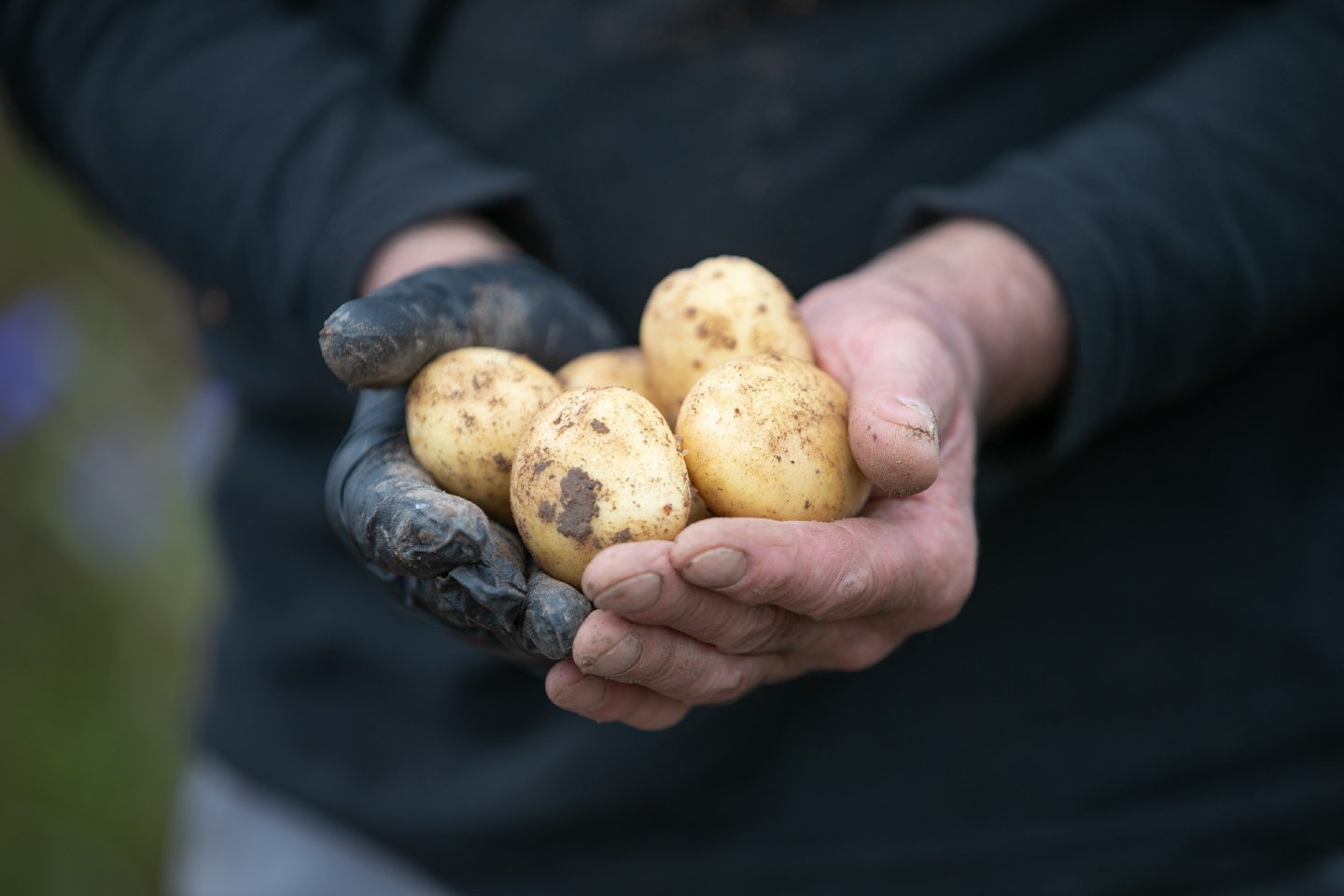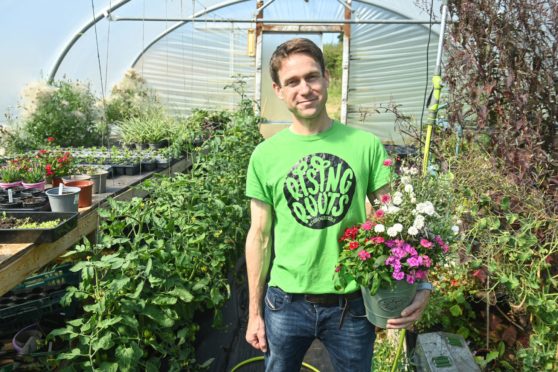Autumn is a fantastic time to plant anything from trees, shrubs and fruit to tiny seedlings and rhododendrons.
Although I have little experience of gardening during the season myself, research has led me to conclude that there is plenty to get stuck into during the eight-week period, whether that is giving your garden a thorough tidy or preparing your soil for spring 2022. It’s also ideal for planting.
Why is that exactly? Young plants planted into gardens in autumn have a good chance to settle in well, making optimum growth under and above ground before they have to cope with the heat of the summer.
And while experts from across the globe recommend that budding gardeners take advantage of the season, the same can be said for those based locally, as well.
This includes Gordon Henderson, managing director at Foxlane Garden Centre in Westhill, and Daniel Oliveira, market gardener and founder of Rising Roots, a young enterprise that delivers nutrient-dense microgreens in and around Elgin.
The benefits outweigh the drawbacks
“Autumn in the north-east is the time to prepare for spring,” Gordon, from Lethenty, said.
“You can get out the seed catalogues and plan for the next campaign.
“If you have a polytunnel or greenhouse, there is still time to sow some of the faster maturing veggies including lettuce, radish, turnip and spring onion, and maybe some herbs, chives, rocket and cress. You could even try some tatties in planters.”
There is nothing to beat the satisfaction of growing and eating, fresh, homegrown produce.”
Gordon Henderson, managing director at Foxlane Garden Centre.
Gordon said there are challenges to harvesting at this time of year in Scotland, but these are apparent all year round, the main one being the weather.
He added: “There are basically three things plants need to survive – moisture, heat and light. We get plenty of the first up here, but the other two is where the difficulty comes in. Be prepared for the fact that our climate is very unpredictable.
“Do not expect to grow a wide variety of plants and sow small quantities at two-week intervals. Be vigilant, watch out for any signs of damping off, do not over-water, ventilate at every opportunity and, of course, watch out for pests.”
Heading into autumn, the shorter days and longer nights bring the cold weather. Because of this, people tend to spend a lot of their time indoors to avoid the harsh elements.
Preparation is key
But Daniel Oliveira, from Moray, says there is something to be done in the garden no matter what time of year.
“People love to be outside when they can feel the benefits of Vitamin D that the sun provides to the skin. When that is no longer in full force, it feels natural to keep comfortable indoors,” he added.
“Each season requires preparation for the following one, which in itself is a benefit to work for your future. There are always tasks to take care of that will set you up in terms of harvesting or preparation. Autumn and winter are no exception.
“When autumn comes you should already be thinking about next year and what to harvest in the spring and summer. A benefit for gardening at this time of year is to watch the colours change, prepare and observe, prune plants back and tidy up what you can.”
Pumpkin, kale, garlic and more…
While Gordon advises opting for quicker maturing vegetables and herbs, Daniel’s recommendations go beyond that.
He highlighted garlic bulbs, edible wildflower seeds, cornflower, chives, marigolds and amaranth, as well as pumpkin, kale, brussels sprouts and potatoes.
Daniel said: “Dealing with the cold months provides you with resilience and allows you to recognise the true nature of the environment.
“I think it is best to face nature and its forces and to use it as an adventure to learn and grow and prepare for the months ahead.
“Set a plan and execute that plan, and get outside and enjoy Mother Nature.”
